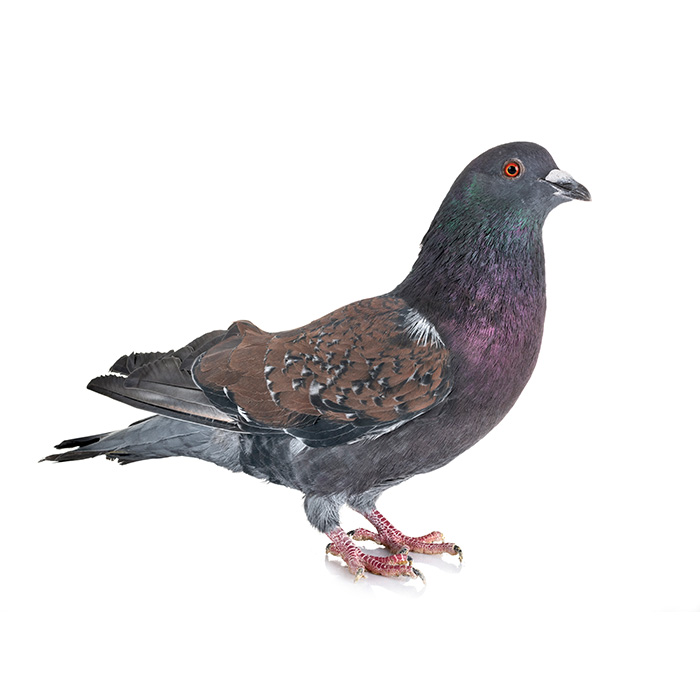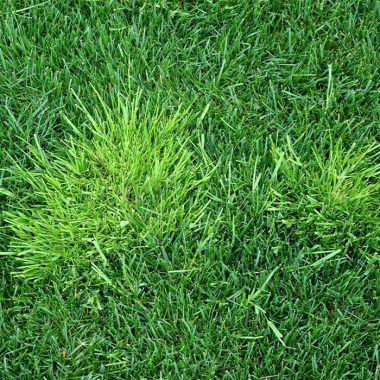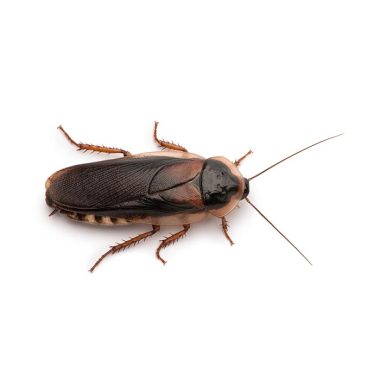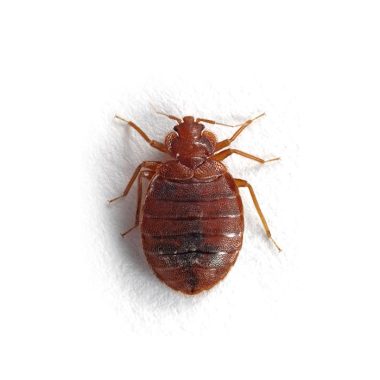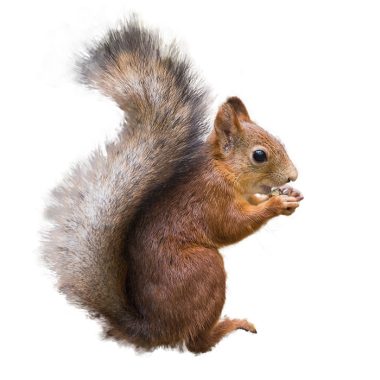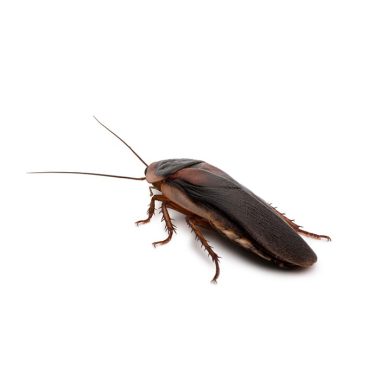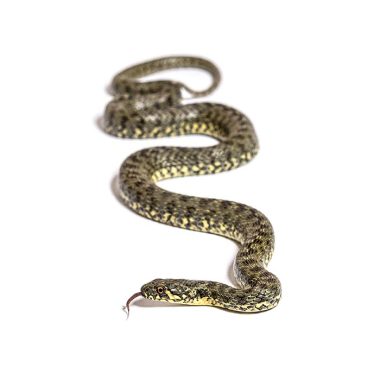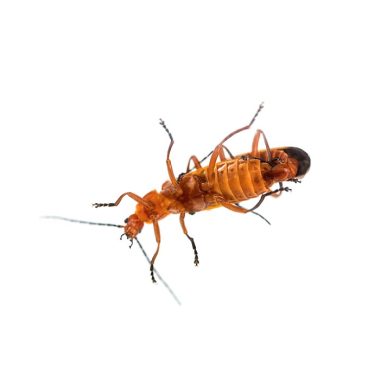Pigeons and doves are distributed everywhere on Earth, except for the driest areas, surrounding islands, and arctic. The family has adapted to most of the habitats available on the planet.
Seeds and fruit form the major component of the diet of pigeons and doves.pigeons are attracted to open areas where they can find food on the ground. However, seed on the ground can attract rodents, so it’s best to provide only as much food as the pigeons can eat during their visit, or offer grain such as dried corn, peas, or sorghum on a platform feeder. In areas where pigeons are considered pests, some cities have ordinances against feeding pigeons.
Pigeons are responsible for untold millions of dollars of damage each year in urban areas. The uric acid in their faeces is highly corrosive and most times, the debris from roosting flocks causes damage to roofs, gutters and drains through bulk build up.
There are three human diseases are that known to be associated with pigeon droppings.
• Histoplasmosis ( fungus causing disease)
It grows on pigeon dropping or soil. A person may breathe in the fungus causing bacteria and develop infections such as fatigue, fever and chest pains.
• Cryptococcosis (fungus causing disease)
It grows on pigeon droppings or soils. It may cause similar infections to Histoplasmosis.
• Psittacosis (parrot fever)
This is a rare infectious disease that mainly affects parrots and birds such as parekeets, cockatiels and pigeons. Airborne bacteria may be inhaled and can cause symptoms such as fatigue, rash, headache and sometimes even pneumonia. These symptoms may develop a few days after exposure to the airborne bacteria.

